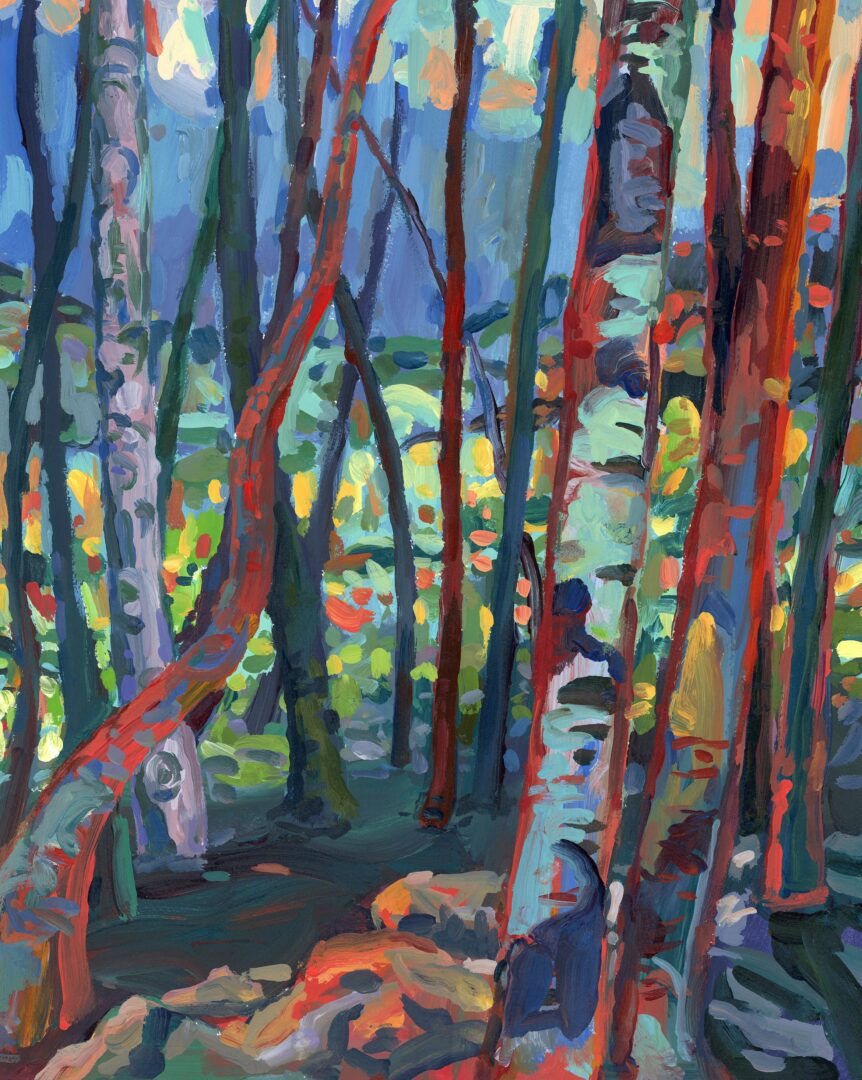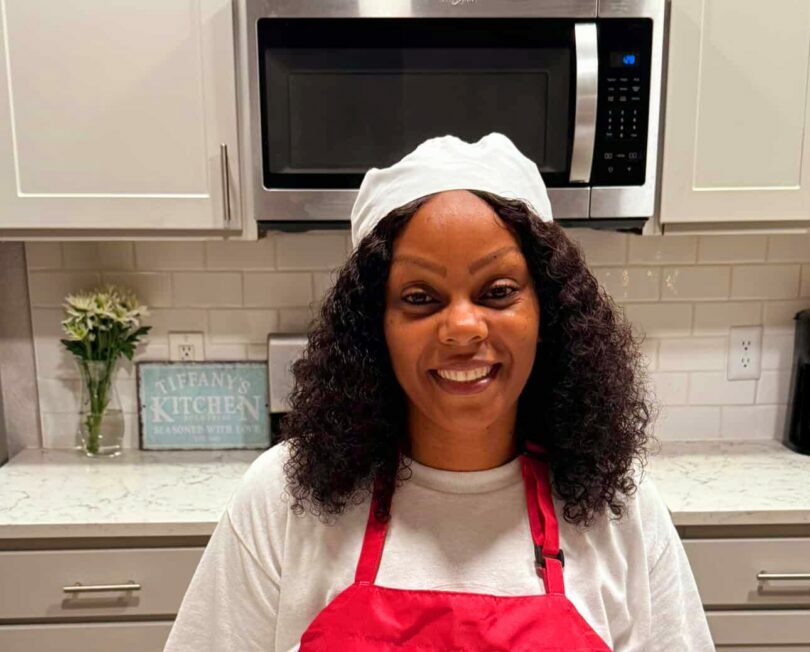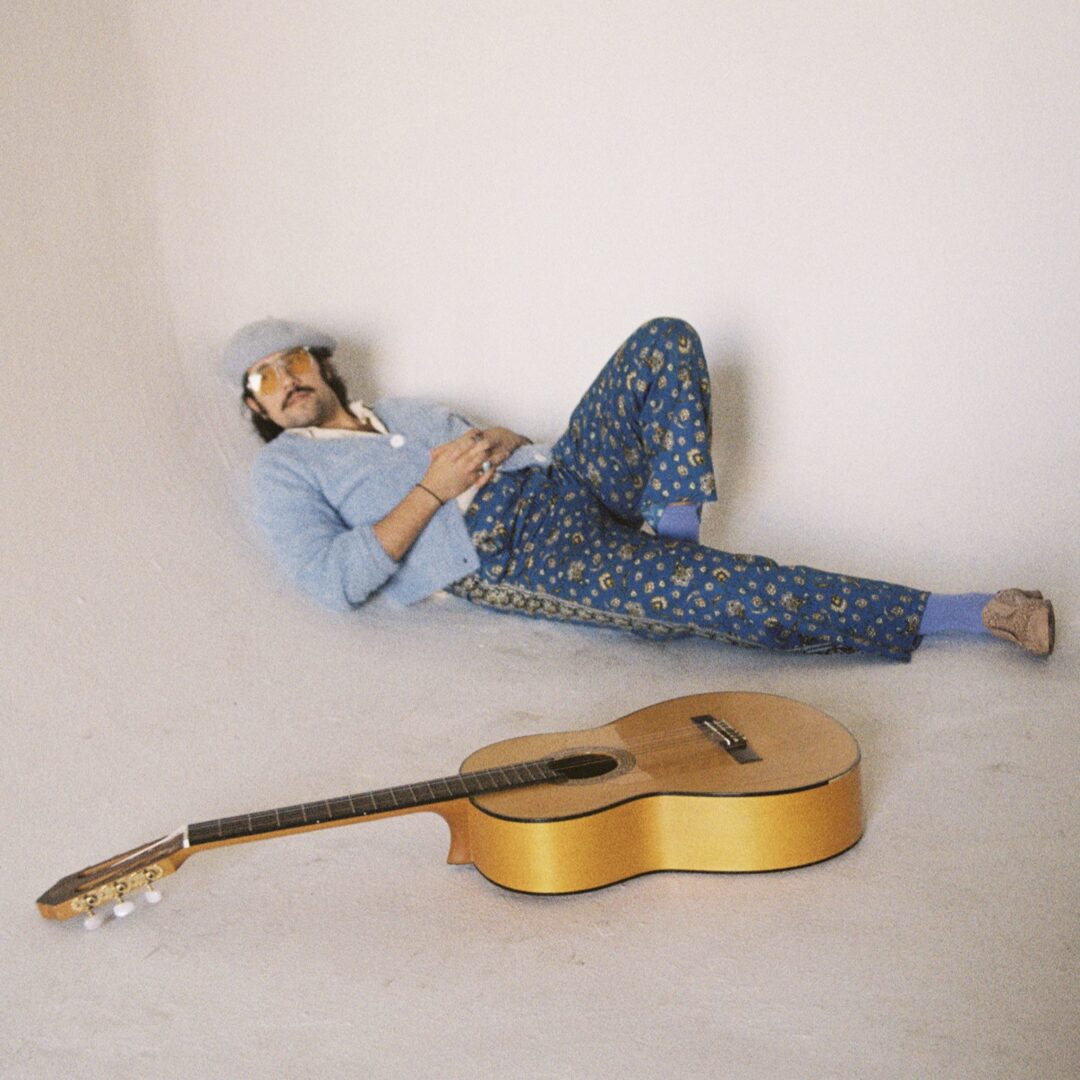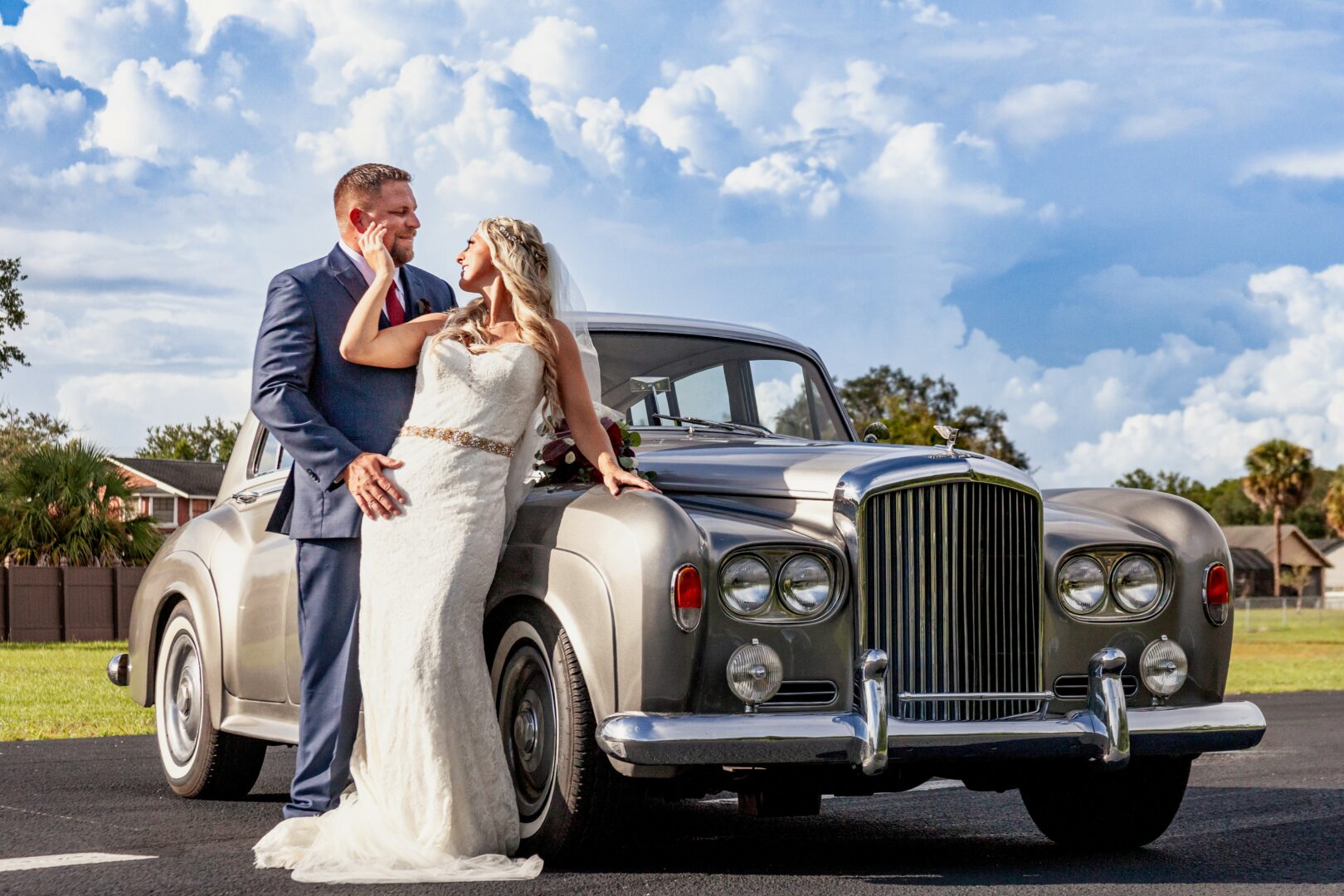We caught up with the brilliant and insightful Carol Fabricatore a few weeks ago and have shared our conversation below.
Hi Carol, thanks for sharing your insights with our community today. Part of your success, no doubt, is due to your work ethic and so we’d love if you could open up about where you got your work ethic from?
I grew up on a big horse farm on Eastern Long Island in a family of six kids, where we boarded horses and offered riding lessons. Our farm had about 30 horses at any given time, and there was always something to do—chores, feeding, mucking out stalls—and we were constantly busy. Summers were filled with hosting horse shows, and my dad expected us to pitch in, no matter what. Of all my siblings, I was the most passionate about horses. I would spend any free moment riding, caring for them, and participating in horse shows. By the time I was 16, I began teaching riding lessons.
My family owned a few Italian delicatessens besides the farm, and we all had to help in the stores sometimes after school and on weekends. It was just part of life. Looking back, I realize that’s where my strong work ethic comes from—growing up in an environment where working hard was simply what you did.
When I moved to New York City to study at Parsons School of Design, I could finally devote myself fully to art. I absolutely loved it. Every project and every homework assignment felt like an opportunity to learn as much as possible and make something special. I often stayed up all night to take it to a place I was truly satisfied with.
When I started working as a freelance illustrator, I had to learn how to juggle tight deadlines, but honestly, the fast pace energized me. I loved working as an illustrator, and the editorial and book deadlines made it easier to push myself faster to manage my time better while still giving each piece my absolute best. Many of those inevitable late nights still occurred, but the joy I felt creating art never wavered.


Let’s take a small detour – maybe you can share a bit about yourself before we dive back into some of the other questions we had for you?
I’ve been drawing for as long as I can remember. It’s always been a part of how I understand the world and express what I feel. Drawing has always made me happy, whether in a notebook column during a class, on a scrap of paper, or in a finished painting. I feel fortunate to have been able to build a career around something I love so much.
For over 30 years, I’ve worked as an illustrator, collaborating with incredible publishers like The Franklin Library, Little, Brown and Company, Avon Books, and Ballantine Books. I’ve also been fortunate to have my work featured in major publications such as The New York Times, The Wall Street Journal, and The Chicago Tribune. Collaborating with an art director, reading a manuscript, sketching ideas, and turning in the finished piece was always thrilling. It’s hard to describe the excitement of submitting an illustration late at night and seeing it in print in the New York Times the next morning. That feeling never got old—it was a rush every time.
Through the years, I’ve had the opportunity to exhibit my work around the world, including at the SVA Visual Arts Gallery in New York, St. Rémy de Provence in France, and The National Arts Club in NYC. My art has also been featured in American Illustration, Communication Arts, Creative Quarterly, Graphis, and with the Society of Illustrators in both New York and Los Angeles.
In addition to my work, I’ve taught at the School of Visual Arts since 1994 in both the MFA and undergraduate programs. I love teaching—it’s such a rewarding experience to help guide someone’s artistic journey. Giving back in this way has always been important to me. I was honored and grateful to be asked to create the 2023 subway poster for SVA. Working on the project with the SVA Design team and seeing it up in the NYC subways has been a dream come true!
In recent years, my work has shifted from illustration to focusing more on painting and gallery exhibitions. This transition has been an exciting journey, and right now, I’m working on a new series of large paintings for an upcoming exhibition. My process often starts with finding an emotional connection to an idea, and I love exploring the balance between abstraction and representation. People, figures, and landscapes have always fascinated me, and color plays a huge role in how I bring emotions into my work. My use of gouache, watercolor, and acrylic paint allows me to create textures and marks that often lead to unexpected results.
I’ve also been fortunate to attend artist residencies in some wonderful places—Mexico, Ireland, Maine, Massachusetts, North Carolina, and most recently, Alaska. These experiences were a fantastic gift of time and space to have the solitude to contemplate ideas and immerse myself fully in my work with my painting and drawing projects.


There is so much advice out there about all the different skills and qualities folks need to develop in order to succeed in today’s highly competitive environment and often it can feel overwhelming. So, if we had to break it down to just the three that matter most, which three skills or qualities would you focus on?
The top three qualities that shaped my journey were trusting my intuition, constantly honing my skills, and being fearless in pursuing what I wanted. Perseverance has been vital—learning never to give up, even when faced with rejection. Everyone will get many rejections (including me), but you have to try not to take it personally. Instead, let it push you to fight harder, keep working, and, most importantly, keep growing.
One of the most valuable lessons I’ve learned is not to be afraid to make mistakes. Be bold, be fearless, and always stay curious. Every experience is an opportunity to learn and build your visual vocabulary. Trust yourself—you know your inner voice better than anyone. Chase after things that resonate with you. It can take time to find your voice, and that’s okay. It’s a lifelong journey; the more open you are to learning from your failures and successes, the more you’ll grow.
Above all, make the art that you love. People will feel that authenticity in your work. Keep your sense of humor intact, and always carry a small sketchbook with you—draw everywhere. Don’t worry about what’s marketable. Instead, focus on creating art that you’re passionate about, and the right market will find you.


Looking back over the past 12 months or so, what do you think has been your biggest area of improvement or growth?
This summer, I had the incredible opportunity to attend an artist residency in Alaska. It was such a gift—a time of pure focus, free from distractions, where I could dive into my painting and drawing projects. Being surrounded by Alaska’s vast, quiet landscape allowed me to experiment and push the boundaries of my work in ways I hadn’t before. I embraced taking risks more fully, following unexpected creative paths that opened up in the stillness. My most significant growth came from letting my paintings evolve, moving from pure observation to more abstract interpretations. I loved deconstructing and reconstructing with a sense of energy beyond the visible. Improvisation became a crucial part of my process as I played with structure, color, and form. I feel like I’ve pushed past where I was creatively, and I’m excited to continue exploring abstraction and color in new ways.
Last year, I also had a residency in Woodstock, New York, where I began working on large-scale figurative acrylic paintings, much bigger than I’d worked before—about 35 x 48 inches. This was a challenge but an exhilarating one. My paintings capture the diverse, magical essence of the subject of Coney Island and the Mermaid Parade. They convey its exhilaration and chaos while preserving fleeting moments of summer utopia, embracing various cultures with a hippie vibe. It was exciting pushing past the boundaries of where line ended and paint began. I found a thrilling balance of abstraction and representation, and pushing past boundaries felt incredibly freeing and rewarding.
Contact Info:
- Website: https://www.carolfabricatore.com
- Instagram: @https://www.instagram.com/cfabricatore
- Facebook: https://www.facebook.com/carol.fabricatore
- Linkedin: https://www.linkedin.com/in/cfabricatore/


Image Credits
Photo credits: Carol Fabricatore
so if you or someone you know deserves recognition please let us know here.




